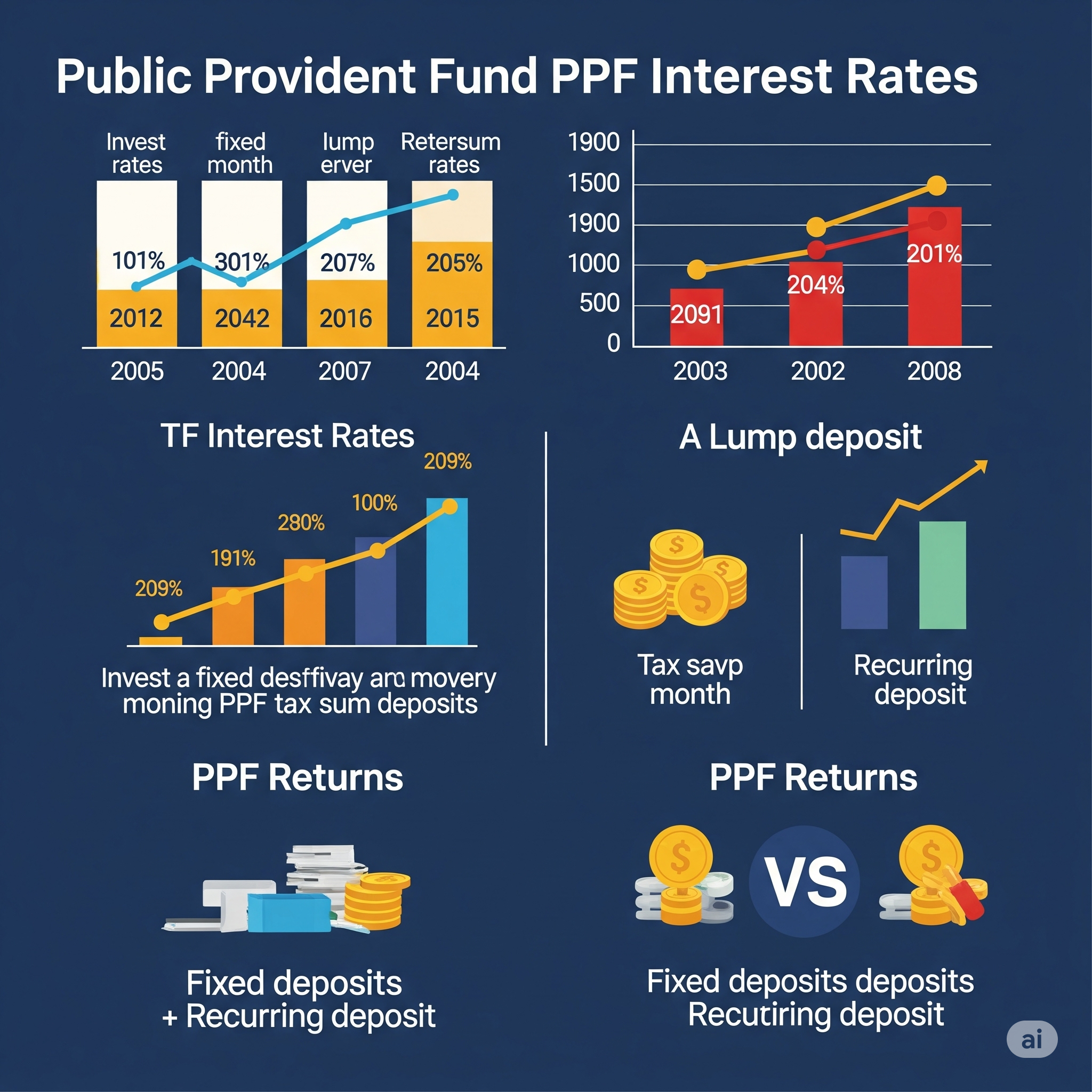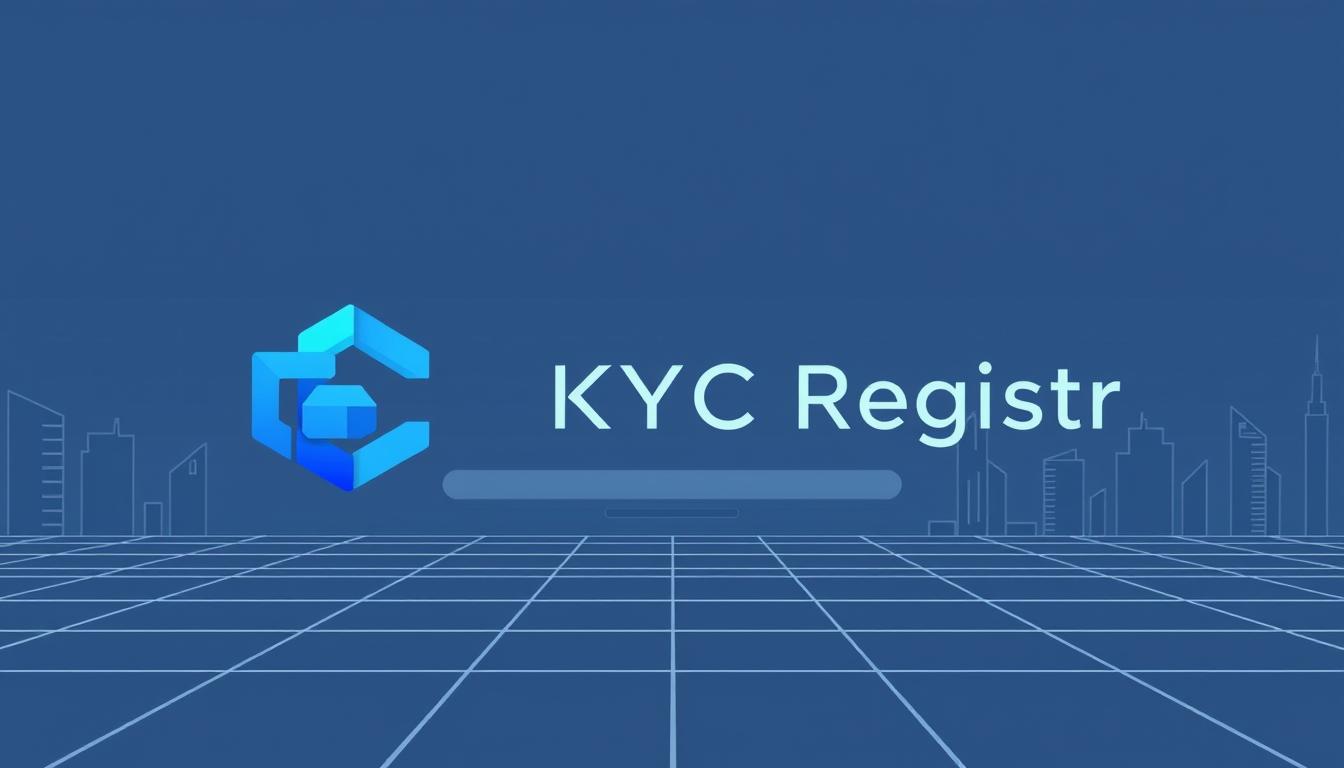The new tax regime exemption list has been updated. It’s key to know the changes and deductions now. The new tax regime aims to make taxes simpler and give relief to taxpayers. With up to 70 exemptions and deductions gone, it’s important to understand the new rules to get the most benefits.
Knowing the new tax regime exemption list is vital for both individuals and businesses. The new rules include a max home loan interest deduction of ₹1.5 lakhs. Salaried individuals get a standard deduction of ₹75,000. Also, the rebate eligibility income level is ₹7,00,000 for FY 2023-24 and FY 2024-25.
Key Takeaways
- The new tax regime exemption list has been updated with significant changes and deductions.
- Taxpayers can claim a standard deduction of ₹75,000 for salaried individuals and ₹25,000 for family pensioners.
- The rebate eligibility income level is ₹7,00,000 for both FY 2023-24 and FY 2024-25.
- Up to 70 exemptions and deductions have been removed from the new tax regime.
- Understanding the new tax regime updates and tax exemption criteria is essential to maximize benefits.
- The new tax regime includes changes such as a maximum home loan interest deduction and a standard deduction for salaried individuals.
Understanding the New Tax Regime in India
The new tax regime in India aims to make taxes simpler and give taxpayers a break. To benefit from the latest tax regulations, it’s important to know the main points, when it started, and how it works.
The tax relief options in the new system include lower tax rates, easier tax brackets, and bigger standard deductions. For example, the standard deduction for those who get a salary has gone up from ₹50,000 to ₹75,000.
Key Features of the New System
The new tax system has made big changes, like removing up to 70 exemptions and deductions for individuals. Some key features are:
- Annual income up to ₹3,00,000: Tax Rate 0%
- Annual income between ₹3,00,001 – ₹7,00,000: Tax Rate 5%
- Annual income between ₹7,00,001 – ₹10,00,000: Tax Rate 10%
Implementation Timeline
The new tax regime started on April 1, 2023. It’s important to know the tax code changes to follow the rules. The timeline includes new tax rates, structures, and important thresholds for different taxpayers and businesses.
Basic Structure Overview
The new tax system has a simpler structure with lower rates and bigger standard deductions. It removes exemptions and deductions and introduces new rates and structures.
| Taxable Income | Tax Rate |
|---|---|
| Up to ₹3,00,000 | 0% |
| ₹3,00,001 – ₹7,00,000 | 5% |
| ₹7,00,001 – ₹10,00,000 | 10% |
Complete New Tax Regime Exemption List
The new tax regime has a list of exemptions and deductions. For example, the 80c deduction in new tax regime lets you deduct up to Rs 1.5 lakhs on certain investments. You can also get exemptions on health insurance premiums and home loan interest payments.
Some key exemptions and deductions in the new tax regime exemption list are:
- Section 80C deduction: up to Rs 1.5 lakhs
- Health insurance premium deduction: up to Rs 25,000
- Home loan interest payment deduction: up to Rs 2 lakhs
Understanding the new tax regime exemption list is key to saving taxes. By claiming these deductions, you can lower your taxable income and tax liability. The 80c deduction in new tax regime is a favorite because it lets you invest in tax-saving options.
Major Changes from the Previous Tax Structure
The new tax regime has brought big changes, including new exemptions and tax slabs. These updates aim to make taxes simpler and help taxpayers. A key change is the new tax exemption criteria and eligible tax deductions.
One big change is the increase in the standard deduction from Rs 50,000 to Rs 75,000. Also, the tax exemption criteria for rented places in big cities like Delhi and Mumbai has changed. The limit under Section 80C for deductions is Rs 1.5 lakh, the same as 2014-15.
The new tax structure also offers more eligible tax deductions. For example, the tax benefit on NPS contributions has gone up from 10% to 14%. There’s also a plan to raise the Section 80TTA deduction limit to Rs 50,000. These changes will affect many income levels and are based on the tax regime updates and tax exemption criteria.
Eligibility Criteria for the New Tax Regime
The new tax regime has rules based on income, age, and where you live. To see if you qualify, check your income against the set limits. If you earn up to Rs. 7 lakh, you might get a rebate of Rs. 25,000 under Section 87A for AY 2024-25.
Key points to consider for eligibility include:
- Income tax rebate available under the new tax regime: Rs. 7 lakh
- Maximum rebate under Section 87A for AY 2024-25: Rs. 25,000
- Tax on the first Rs. 3,00,000 of income: Nil
It’s important to know these rules to get the most from the new tax regime. By checking your income, you can save on taxes and follow the new rules.
| Income Bracket | Tax Rate | Rebate under Section 87A |
|---|---|---|
| Up to Rs. 3 lakh | 0% | Rs. 25,000 (if applicable) |
| Rs. 3 lakh to Rs. 7 lakh | 5% | Rs. 25,000 (if applicable) |
By following the rules and understanding the guidelines, you can use the new tax regime to your advantage. This way, you can get the most out of the available deductions.
Standard Deductions Under the New System
The new tax system has brought changes to standard deductions for taxpayers. Salaried employees now get a higher standard deduction of Rs. 75,000. This is a big tax relief option for them.
The new system also changed the tax code. It removed some deductions and added new ones. For instance, the family pension deduction went up to Rs. 25,000. The NPS employer contribution deduction limit also increased to 14%.
The following table summarizes the key standard deductions available under the new tax regime:
| Deduction | Limit |
|---|---|
| Standard Deduction for Salaried Employees | Rs. 75,000 |
| Family Pension Deduction | Rs. 25,000 |
| NPS Employer Contribution Deduction | 14% of salary |
These changes in the tax code changes offer big benefits to taxpayers. They get more tax relief options and easier tax compliance. It’s important to understand these changes well to get the most benefits.
Benefits and Drawbacks of the New Tax Regime
The new tax regime has both benefits and drawbacks. Taxpayers need to know what’s good and what’s not. About 72% of taxpayers chose the New Tax Regime for the 2024-25 year. This shows a big move to the new system.
The government might change the tax rates and slab limits. This could encourage more people to switch from the old tax regime.
Some benefits of the new tax regime include a simpler tax structure and lower rates. There are also more standard deductions. But, there are also downsides like losing some deductions and exemptions.
Experts say a 30% tax rate should apply to incomes over Rs 20 lakh. This would keep the tax system in line with inflation. The new tax regime was introduced in 2020 to make taxes simpler and lower.
When looking at tax relief options and government taxation guidelines, taxpayers can decide wisely. The government is slowly getting rid of the old tax regime. Experts think adding NPS deductions for self-contributions could make the new regime more attractive, as retirement planning becomes more important.
It’s key for taxpayers to understand the benefits and drawbacks of the new tax regime. By looking at tax relief options and government taxation guidelines, they can handle the tax system better. This way, they can take advantage of the benefits available.
How to Calculate Tax Under the New Regime
To figure out your tax under the new rules, you need to know the tax brackets, deductions, and exemptions. The new tax rules change how we calculate taxes. It’s important to understand how to do it step by step for different income levels.
The tax calculation process starts with knowing the tax brackets. Here’s what they are:
- Upto ₹3,00,000: Nil
- ₹3,00,001 – ₹7,00,000: 5%
- ₹7,00,001 – ₹10,00,000: 10%
- ₹10,00,001 – ₹12,00,000: 15%
- ₹12,00,001 – ₹15,00,000: 20%
- Above ₹15,00,000: 30%
Also, you can use eligible tax deductions and tax relief options to pay less in taxes. The standard deduction for salaried workers has gone up from ₹50,000 to ₹75,000. This gives more tax relief options for you.
The new tax rules don’t let you claim 70+ deductions and exemptions. So, it’s key to understand the tax calculation and what eligible tax deductions you can use. By following the step-by-step guide and looking into tax relief options, you can make the most of deductions and exemptions. This way, you can lower your tax bill.
Important Deadlines and Compliance Requirements
It’s key for people and businesses to know the tax deadlines and rules to avoid fines. The government sets these rules to guide taxpayers. Keeping up with changes is vital.
Missing tax filing and payment deadlines can lead to fines and extra interest. Taxpayers must keep accurate records, file on time, and pay taxes as required.
Some important tax deadlines and rules include:
- Filing income tax returns by the deadline
- Paying taxes on time to avoid extra costs
- Keeping accurate records and accounts
- Following government taxation guidelines and rules
Knowing the tax deadlines and rules is critical. The government offers many resources to help taxpayers understand and follow tax laws.
| Deadline | Compliance Requirement |
|---|---|
| January 15th | Filing of Form 24G by government offices |
| January 20th | GSTR-3B due date for taxpayers with aggregate turnover up to INR 5 Crores |
| January 25th | Tax payment under QRMP scheme for December 2024 |
By following the tax deadlines and rules, individuals and businesses can meet their tax duties. This helps avoid penalties and fines.
Special Considerations for Business Owners
Business owners in India need to know about the new tax rules. The government has set up tax relief options and eligible tax deductions to help. For example, those who qualify for presumptive taxation under Section 44ADA must have less than or equal to Rs. 50 lakh in annual gross receipts.
The presumptive taxation scheme lets professionals tax 50% of their gross receipts. Budget 2023 made changes, raising the limits for small businesses under Section 44AD to Rs. 3 crore. And for professionals under Section 44ADA to Rs. 75 lakh.
Business owners can get eligible tax deductions under the new tax regime. Here are some key deductions:
- Professionals can tax 50% of their gross receipts under Section 44ADA.
- Small businesses can use presumptive taxation under Section 44AD. They can tax 8% of their gross receipts for non-digital transactions.
- Businesses can deduct expenses like rent, salaries, and utilities.
It’s vital for business owners to know the tax relief options and eligible tax deductions in the new tax regime. By using these deductions, business owners can lower their taxes and boost profits. Here’s a table with key tax rates and deductions for business owners:
| Tax Regime | Tax Rate | Eligible Tax Deductions |
|---|---|---|
| Old Tax Regime | Up to 30% | Various deductions available, such as rent, salaries, and utilities |
| New Tax Regime | Up to 25% | Presumptive taxation, deductions for expenses, and other eligible tax deductions |
Common Mistakes to Avoid When Claiming Exemptions
When claiming exemptions, it’s key to avoid common mistakes. These can lead to penalties and fines. It’s important to be accurate and follow government rules.
Some mistakes include errors in documents, wrong calculations, and timing issues. For example, not keeping proper records or submitting wrong documents can cause claims to be rejected. Also, making a mistake in the exemption amount or missing the filing deadline can lead to penalties.
To avoid these errors, taxpayers should know the exemption criteria and government rules. They should also keep accurate records and file on time. By knowing these mistakes and avoiding them, taxpayers can have a smooth exemption claim process.
Some key points to remember include:
- Ensuring accuracy and compliance with government taxation guidelines
- Maintaining proper records and documentation
- Calculating the exemption amount correctly
- Submitting exemption claims on time
By following these tips and avoiding common mistakes, taxpayers can get the exemptions they deserve. They can also avoid penalties and fines. It’s vital to stay updated on exemption criteria and government rules to successfully navigate the exemption claim process.
Conclusion
The new tax regime in India aims to make taxes simpler and give relief to taxpayers. This change offers many deductions, like Section 80C and HRA. It also includes exemptions for education and allowances for government and military workers.
By knowing these deductions, taxpayers can save more on taxes. They can also follow the new rules better. This helps everyone in the country grow together.
The success of this new tax system depends on being simple yet fair. With the new tax regime exemption list in hand, taxpayers can confidently use the tax regime updates. This way, they can pay less in taxes and help the nation grow.
FAQ
What are the key features of the new tax regime in India?
What is the implementation timeline for the new tax regime?
What is the complete new tax regime exemption list?
What are the major changes from the previous tax structure?
What are the eligibility criteria for the new tax regime?
What are the standard deductions under the new system?
What are the benefits and drawbacks of the new tax regime?
How do I calculate tax under the new regime?
What are the important deadlines and compliance requirements for the new tax regime?
What are the special considerations for business owners under the new tax regime?
What are the common mistakes to avoid when claiming exemptions under the new tax regime?
Source Links
- List of Deductions & Exemptions in New Tax Regime FY 24-25 – https://www.godigit.com/income-tax/new-tax-regime-exemptions
- Income Tax Slab for FY 2024-25 and AY 2025-26 (New & Old Regime Tax Rates) – https://cleartax.in/s/income-tax-slabs
- Income tax benefits of NPS under both old and new tax regime for government and private sector employees – https://m.economictimes.com/wealth/tax/income-tax-benefits-of-nps-under-both-old-and-new-tax-regime-for-government-and-private-sector-employees/articleshow/117349602.cms
- Default – https://www.eoiparis.gov.in/page/taxation-in-india/
- Income Tax Slab for FY 2024-25 (AY 2025-26) – New vs Old Tax Regime – https://www.bajajfinserv.in/investments/income-tax-slabs
- How to Save Tax For Salary of 10 Lakhs? | HDFC Life – https://www.hdfclife.com/insurance-knowledge-centre/investment-for-future-planning/how-to-save-tax-for-salary-of-10-lakhs
- Income Tax Slabs India 2024-25 | Old Tax Regime & New Tax Regime – https://timesofindia.indiatimes.com/business/income-tax-slabs
- Budget 2025: Taxpayers expecting these big changes under the Old Tax Regime that saw no big tweak last year – https://www.businesstoday.in/union-budget/personal-finance/story/budget-2025-taxpayers-expecting-these-big-changes-under-the-old-tax-regime-that-saw-no-big-changes-last-year-461548-2025-01-21
- Income Tax Budget 2025 Expectations Live: Changes in new tax regime, easing tax dispute resolutions, hike in standard deduction and other measures; what to expect from Budget 2025 – The Economic Times – https://m.economictimes.com/wealth/tax/income-tax-budget-2025-expectations-live-updates-tax-relief-80c-deduction-tax-slabs-fy25-26-nirmala-sitharaman-union-budget-announcements-latest-news/liveblog/117382512.cms
- Income Tax Rebate Under Section 87A – https://cleartax.in/s/income-tax-rebate-us-87a
- Understanding Income Tax Eligibility in India | Bajaj Finance – https://www.bajajfinserv.in/understand-income-tax-eligibility
- Income Tax Slab for FY 2024-25 & AY 2025-26 (New & Old Regime Tax Rates) – https://taxconcept.net/income-tax/income-tax-slab-for-fy-2024-25-ay-2025-26-new-old-regime-tax-rates/
- Section 115BAC of Income Tax Act: Old Tax Regime vs. New Tax Regime – https://taxconcept.net/income-tax/section-115bac-of-income-tax-act-old-tax-regime-vs-new-tax-regime/
- Income Tax Slabs for Women FY 2024-25 With Exemptions & Deductions Explained – https://www.godigit.com/income-tax/income-tax-slab-for-women
- Unified tax regime: Can a new system merging old and new income tax regimes work? Experts share inputs – https://www.businesstoday.in/personal-finance/tax/story/unified-tax-regime-can-a-new-system-merging-old-and-new-income-tax-regimes-work-fm-nirmala-sitharaman-461193-2025-01-17
- Union Budget 2025: Will Budget 2025 bring 50K NPS related deduction u/s 80CCD(1B) to the new tax regime? – https://m.economictimes.com/wealth/tax/union-budget-2025-will-budget-2025-bring-50k-nps-related-deduction-u/s-80ccd1b-to-the-new-tax-regime/articleshow/117386406.cms
- Preparing For The Tax Season: How To Calculate Your Taxable Income – https://news.abplive.com/business/personal-finance/preparing-for-the-tax-season-how-to-calculate-your-taxable-income-1744464
- Budget 2025 Highlights: PDF Download, Key Takeaways, Important Points – https://cleartax.in/s/budget-2025-highlights
- Important Income Tax Threshold Limits for AY 2025-26 for Individuals – https://taxguru.in/income-tax/important-income-tax-threshold-limits-ay-2025-26-individuals.html
- Statutory and Tax Compliance Calendar for January 2025 – https://taxguru.in/income-tax/statutory-tax-compliance-calendar.html
- Section 44ADA – Presumptive Tax Scheme for Professionals – https://cleartax.in/s/section-44ada
- What is Capital Gains Tax In India: Types, Tax Rates, Calculation, Exemptions and Tax Saving – https://cleartax.in/s/capital-gains-income
- ITR Filing & Form for Self Employed Individuals, Business & Proprietorship – https://www.godigit.com/income-tax/itr-filing-for-businesses-and-individuals
- Income tax on cash spending: These expenses will be considered as income and accordingly taxed if incurred in cash – https://m.economictimes.com/wealth/tax/income-tax-on-cash-spending-these-expenses-will-be-considered-as-income-and-accordingly-taxed-if-incurred-in-cash/articleshow/117354876.cms
- How to Save Income Tax in India for FY 2024-25? – https://www.godigit.com/income-tax/how-to-save-income-tax-in-india
- Deductions under Chapter VI-A for Salaried Employees – https://cleartax.in/s/deductions-for-salaried-employees
- Income Tax Benefits Available to Salaried Persons – For AY 2025-2026 – https://www.caalley.com/ca-referencer-list/income-tax-benefits-available-to-salaried-persons-for-ay-2025-2026









